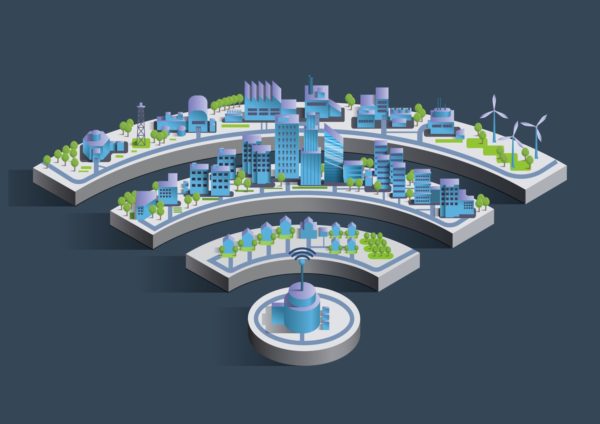Recent trends in 4G LTE mobile telephony has shown that dependency on data is increasing at an immense rate. The telecom war started by Reliance Jio has forced telcos namely Airtel, Idea- Vodafone to increase their data usage limits and rival down the prices. Those who refused to change are now a history in the Indian Telecom industry. The rivalry between the operators is now focused on to deliver excellent user experience. Telecom companies have started thinking out of the box. Today, they no longer just provide you with the data but are also building entertainments and health apps.
The wireless communication services are expected to expand into new market segments to facilitate the digital economy, e.g. smart grid, e-health, intelligent transport systems, traffic control, agriculture, retail, trade and tourism which would bring requirements beyond what can be addressed in today’s 3G/4G connected environment. To meet these new challenges, there is a need to understand these requirements with respect to Indian consumer perspective and create and support standards which enable implementation of these next-generation services. This needs to create a new generation of network systems and radio technology which could deliver extreme broadband, ultra-robust, low latency connectivity and massive machine to machine networking and create a seamless platform for the Internet of Things (IoT). It is expected that next generation technology (5G) will handle vast variations in different use cases. However, different use cases will have different spectrum requirements in terms of frequency, coverage, bandwidth, etc.
Cellular Operators Association of India has laid crucial benchmarks for use cases of 5G. It should be able to work flawlessly on systems other than mobiles. The technology needs to be supporting use cases such as:
- New form factors, wearables and massive proliferation of sensors and machine to machine type communication, or human to machine communication.
- Sensing what is around for new services and experiences, autonomous vehicles, with connectivity for example for collision avoidance.
- Smart homes/buildings/cities that require various connectivity needs, from high definition surveillance video to simply connecting parking meters.
- Control of critical infrastructure such as the electric grid, and industrial process automation
- Remote control of vehicles, such as cars, drones and other flying vehicles.
- Health services, emergency response and remote control of critical medical procedures where failure is not an option.
- Extreme mobile broadband both indoor and outdoor that no longer makes the distinction between fixed and wireless access meaningful.
The increasing web of high-speed fibre optic network will help in early adoption of 5G architecture. It may be easy for a country like Japan or South Korea to deploy 5G tech but India is a different case. It all depends on commercial viability as recharge patterns in India are different than other countries. Nonetheless, experts believe that the telecommunication services will migrate to 5G architecture sooner or later, and time has come to start serious preparation for standardization and network upgradation. Consumers side demand, resource deployment and commercial viability will be the main drivers for the operators for 5G rollout.
Currently, Airtel and state-run BSNL have partnered with Nokia for developing 5G architecture in-line with future-proof smart cities and IoT infrastructure. 5G is supposed to be the next level of evolution in wireless broadband technology, but at speeds which are much higher than the current 4G LTE networks. The idea with 5G is not just fast internet, though the speeds will be at upwards of 20GBPs, but it will also be an ultra-low latency network. VMWare is also mulling its Network Virtualisation common platform for 5G deployment to Indian telcos. Ericsson India has set up a Centre of Excellence with a 5G test bed and incubation centre at IIT Delhi to drive the development of the country’s 5G ecosystem.
A report by communication technology and services provider Ericsson said, the revenue from 5G-enabled digitisation in India will reach $25.9 billion by 2026. The Indian operators can generate additional revenues of $13 billion or half of the stated potential if they take up roles beyond being connectivity and infrastructure providers to become service enablers and service creators.
– Chaitanya Kulkarni
Originally published on DigiCookies.com | Tech that transforms life.


No comments:
Post a Comment